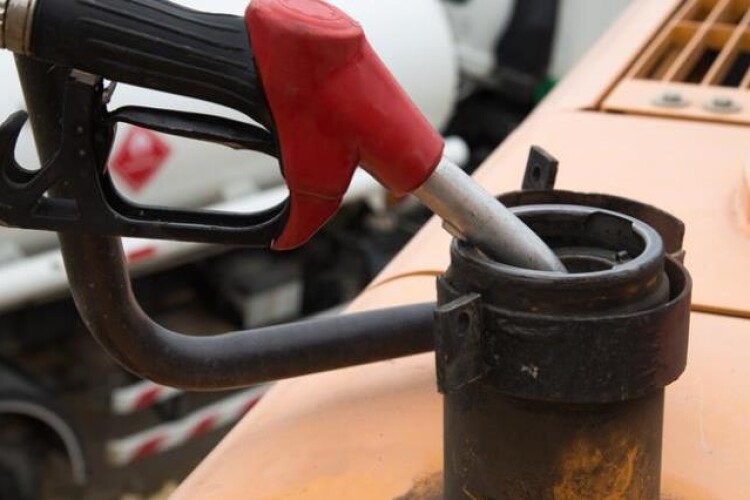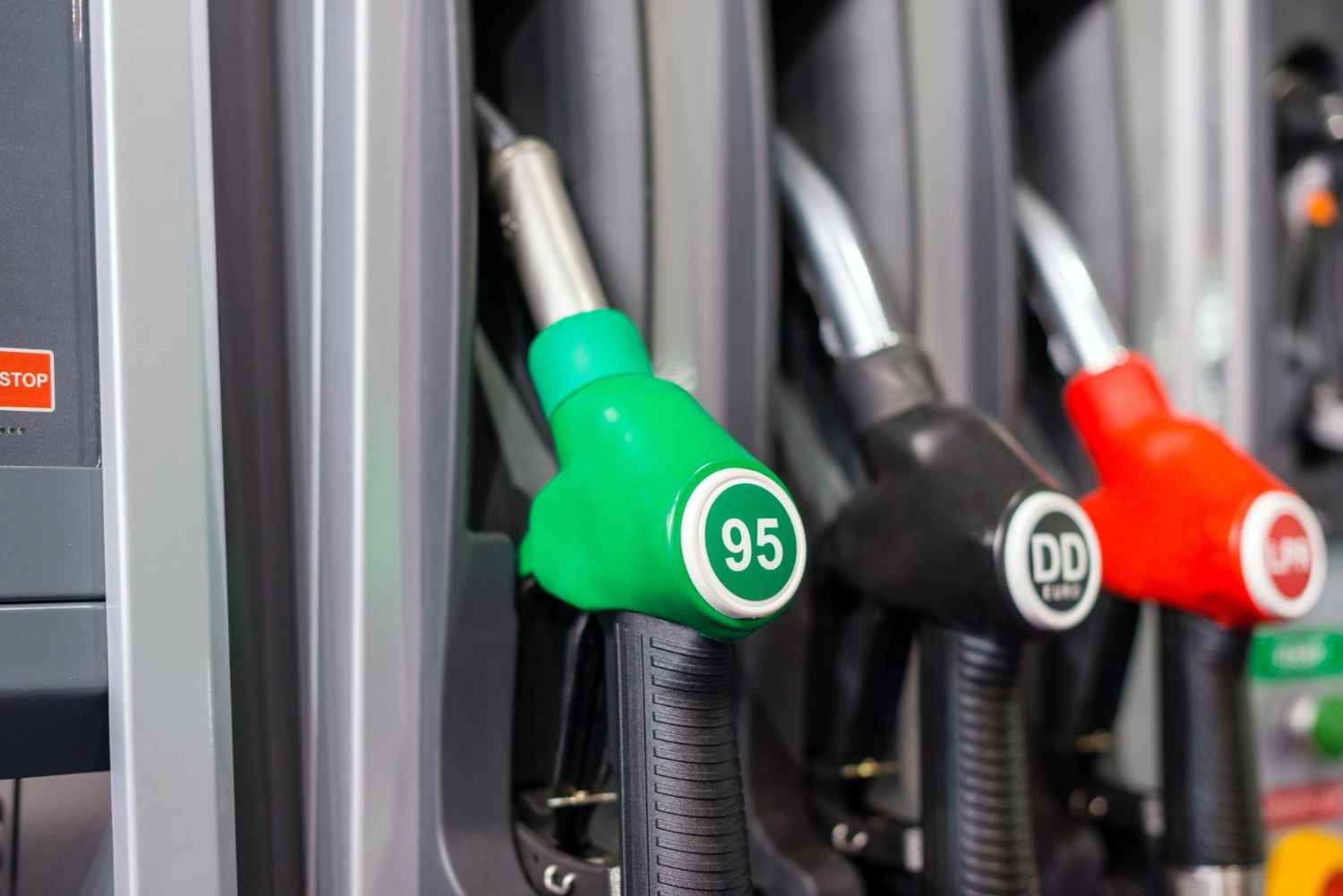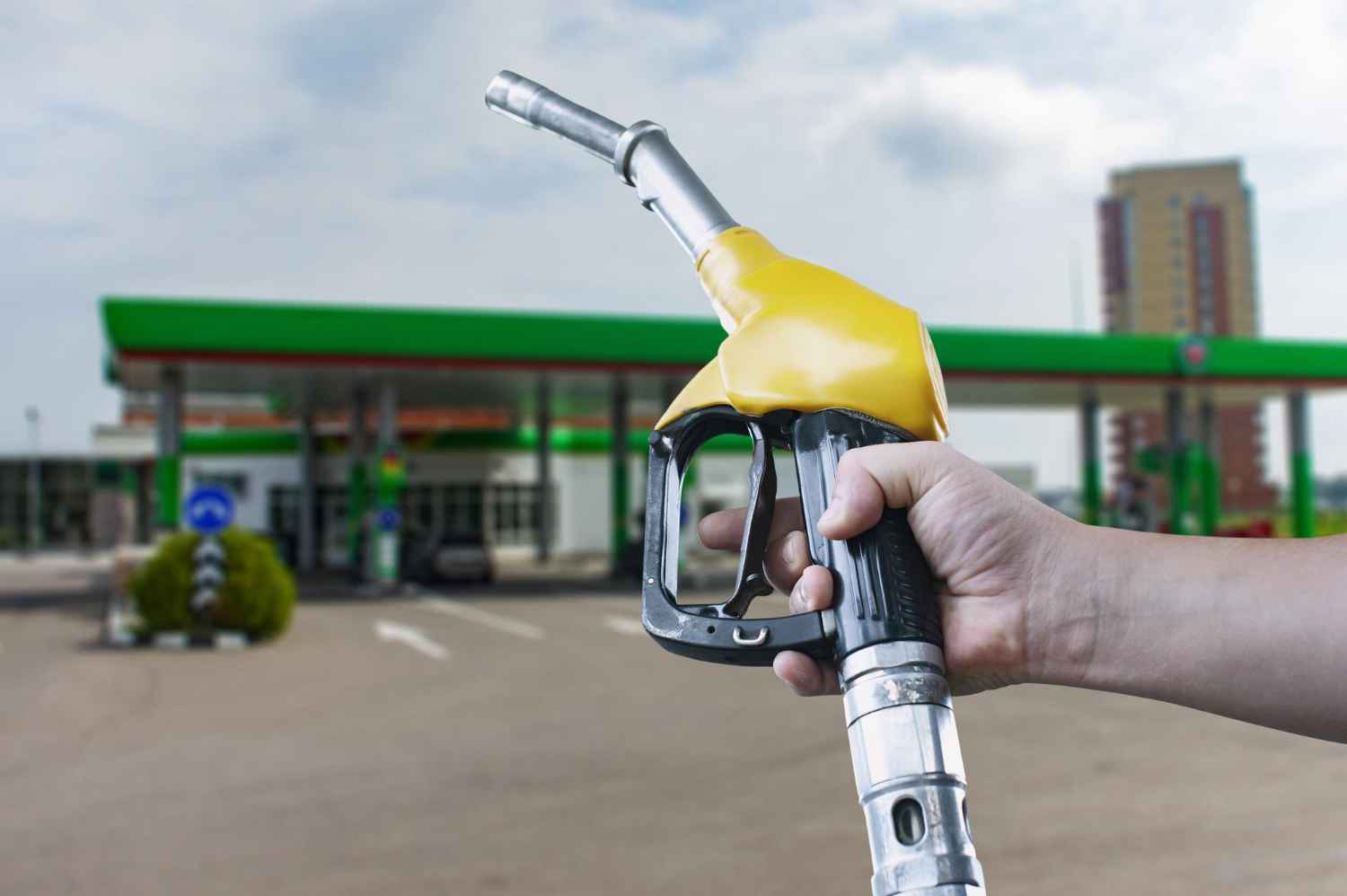Every type of fuel is subjected to strict chemical and physical specifications to ensure high-quality fuel and a long engine life. Different standards are set to govern every fuel type and ensure their complete adherence to the standards. 123 Oil aims to maintain a complete adherence to these fuel standards to ensure high fuel quality. We make sure to supply exactly what you need and order.
However, these standards and their jargon can be highly confusing and difficult to understand without basic knowledge. They include a highly technical set of terms that require some guidance to understand. That is what we have tried to do in this post.
We have described these fuel specifications and their related technical terms in an easier way to help people grasp them. We have also discussed the applications of these fuel oils. Furthermore, we have also provided a comparative analysis of the chemical and physical properties of different fuels.

Fuel Specifications Jargon
Diesel Fuel
A general term encompassing any fuel suitable for use in diesel engines, which operate by compressing the fuel-air mixture until it spontaneously ignites. This term applies to a wide range of fuels, including those used in vehicles, industrial machinery, and heating systems, among others.
Gas Oil
Another broad term used to describe fuels primarily intended for heating purposes and for use in non-road applications. It typically refers to a type of diesel fuel, sometimes known as red diesel, due to its distinctive red dye, which is used in off-road vehicles and machinery. While there is some overlap between gas oil and diesel fuel, they may have different specifications and applications.
Petroleum Diesel Fuel
A specific type of diesel fuel derived from crude oil through the process of refining. Petroleum diesel is the most common form of diesel fuel and is used in various applications, including transportation and industrial machinery. It must meet specific standards, such as EN 590 or BS 2869 A2 or D, depending on its intended use and regulatory requirements.
Biodiesel
Diesel fuel derived from renewable sources such as plant oils or used cooking oil. It meets specific standards to ensure quality and performance.
Paraffinic Diesel Fuel
Diesel fuel is produced synthetically, often from renewable sources. It is considered an advanced renewable fuel and must meet certain standards for use in engines.

Cetane Number
A measure, on a scale from 1 to 100, indicating how quickly diesel fuel burns and ignites under compression in an engine. Higher numbers mean quicker combustion, which is preferred for high-performance diesel engines.
Flashpoint
The lowest temperature at which a fuel can produce enough vapour to form a flammable mixture in the air, igniting when exposed to a source of ignition. It determines how easily the fuel can catch fire.
CFPP (Cold Filter Plugging Point)
The lowest temperature at which diesel fuel can effectively operate an engine without causing the fuel filter to become clogged or plugged with wax. If the temperature drops below this point, the engine may fail to operate, especially in cold climates.
Sulphur Content
The amount of sulphur present in diesel fuel. Sulphur was traditionally added to diesel as a lubricant, but modern fuels contain less sulphur due to environmental concerns. However, some older engines still require higher sulphur content for proper operation.
Viscosity
A measure of a fuel’s resistance to flow. Low-viscosity fuels flow more easily and are preferred for efficient engine operation.
Density
The mass per unit volume of a fuel. It affects fuel efficiency and combustion characteristics in engines.
Oxidation Stability
The ability of a fuel to resist chemical breakdown when exposed to oxygen over time. Fuels with high oxidation stability have longer shelf lives and better performance.
Corrosion Inhibitors
Additives in fuel formulations that protect engine components from corrosion caused by chemical reactions with the fuel.

BS 2689 Fuel Specifications
British Standard 2869 is the UK’s own standard for fuel and gas oil specifications, especially for heating and agricultural machinery. This standard is further divided into 4 grades and is used for different purposes. These grades are as follows:
Grade A2 Gas Oil, which is the diesel fuel for machinery and off-road engines.
Grade D Gas Oil is diesel fuel for older power generators and heating applications.
Grade C1 Kerosene is generally used for home heating applications.
Grade C2 Kerosene, aka regular kerosene, is a home heating oil.
We have further described these grades in detail below:
Grade A2 Gas Oil
Grade A2 Gas Oil contains a lower sulphur content (up to 10 ppm). Most of the red diesel that is supplied all across the UK meets A2-grade gas oil specifications. However, most of the modern diesel engines, especially for road vehicles, are designed by keeping EN 590 specifications in mind. While A2 Grade Fuel Oil usually meets European EN 590 specifications, it can differ from them if a FAME-free content or lower cetane number is required.
Applications of Grade A2 Gas Oil
- Harvesters
- Excavators
- Cranes
- Boilers
- Diesel power generators
- Tractors for off-road applications
- Transport refrigeration units
Grade D Gas Oil
It is a high-sulphur red diesel and can be distinguished by 1000ppm sulphur content and a distinctive red dye. It is mostly used in off-road vehicles, boilers and older machinery. The high sulphur content comes from the element that is added for lubrication purposes. Although after 2011, multiple additives have been used to replace sulphur in the fuel, many older machines and equipment still run on Grade D gas oil.

Applications of Grade D Gas Oil
- Furnaces
- Boilers
- Older static engines
Grade C2 Kerosene
Grade C2 is regular grade kerosene and is mostly used in home heating applications as well as a range of industrial machinery that runs on low sulphur content fuel.
Grade C1 Kerosene
Grade C1 is the premium grade kerosene that burns relatively cleaner and has lower sulphur content as compared to C2 grade oil. It is mostly used in oil-fired boilers for domestic heating purposes.
BS 2869 Compliant Fuels at 123 Oil
- Red diesel (D and A2 grade)
- Industrial Heating Oil / IHO (Class I)
- Kleenburn Kerosene (Grade C2)
- Home heating oil (Grade C2)
- Premium-Grade Kerosene (Grade C1)
EN 590 Fuel Specifications
EN 590 is the European standard that describes the specifications of the diesel fuel that must be met in order to be used in automobiles. These specifications are required by most diesel engine road vehicles (DERV) and modern agriculture machinery. This fuel is also known as ULSD or ultra-low sulphur diesel.
EN 590 vs BS 2869
Although both fuels are somewhat similar in composition, there are some differences. For example, the European standard mandates a 7% blend of biofuel content, while this is optional in the British standard.
Nevertheless, the European EN590 exceeds its British counterpart. As a result, the diesel engines manufactured all across Europe are designed according to EN 590 as well as Euro 6 standards.
Applications of EN 590 Fuel
- Passenger cars
- Marine craft
- Vans
- Lorries
- On-road agricultural vehicles
Seasonal Changes in Diesel Fuel Specifications
Some of the chemical properties of the diesel fuel are adjusted seasonally to maintain the optimal performance of the fuel in both high and low temperatures. Winter-grade fuel is supplied by the refineries from November 15 to March 15, and the summer fuel is supplied in the rest of the months.
It is also worth remembering that these changes are made automatically by the refineries. That is why you must make sure that you are using the right fuel in the right season to avoid engine problems.
What grade fuel is the Red Diesel at 123 Oil?
Our commitment to the highest quality is uncompromisable. Hence, we can supply both EN 590 and A2 grade diesel fuels. Our teams ensure that our delivery meets your standard requirements. In some cases, it depends on the location whether to deliver EN 590 or A2 grade fuel.

EN 15940 Fuel Specifications
EN 15940 govern the fuel specifications for a new generation of cleaner and renewable transport fuel known as paraffinic diesel fuel. This fuel is being used in road vehicles as well. This standard is also known as BS EN 15940.
Paraffinic diesel fuel is produced by synthesising natural gas renewable feedstock, like vegetable oils, through hydro treatment. This standard focuses on creating a fuel that is usable in diesel engines or other paraffinic diesel fuel-compatible vehicles.
Paraffinic diesel fuel can be produced using both feedstock and natural gas. The HVO fuel (Hydrotreated Vegetable Oil) is an example of the 2nd generation paraffinic diesel fuel produced from renewable feedstock. The GTL, or gas to liquid fuel, is an example of paraffinic diesel fuel created from natural gas. However, both these fuels meet the specifications of EN 15940.
123 Oil supplies the highest grade HVO fuel that meets the specifications set by the European Standard EN 15940
Applications of EN 15940 Fuels
- Vans
- Trucks
- Boilers
- Furnaces
- Heavy duty machinery
- Power generators
EN 14214 Fuel Specification
European standard EN 14214 describes the fuel specifications and testing methods of FAME biodiesels (Fatty Acid Methyl Esters). Similar to paraffinic diesel fuel, FAME biodiesel is also a new-generation biofuel produced from renewable sources.
Moreover, FAME biodiesel is the most common biofuel that is blended with common diesel to reduce toxic emissions and comply with regulations.
Applications of EN 14214 Fuels
- Passenger cars
- Trucks
- Furnaces
- Vans
- Boilers
- Heavy duty machinery
- Power generators

Fuel Specification Comparison
Every standard has set strict limits on the physical and chemical properties of its corresponding fuels to ensure a high-quality fuel and a longer life of engines. In this section, we have highlighted some major differences that can be found in the different kinds of fuels. If you need a detailed overview of these specifications, you can visit our dedicated fuel specification pages for every fuel type.
123 Oil adheres strictly to these specifications and supplies the highest-grade fuel oils all across the UK.
Grade | Colour | Cetane number | Flashpoint (°C) | Max. Bio content | Sulphur (ppm) | Summer grade CFPP (°C) | Winter grade CFPP (°C) |
Cherry red | 45 | 56 | 7% (optional) | 10 | -4 | -12 | |
Cherry red | 45 | 56 | 7% (Optional) | 1000 | -4 | -12 | |
Clear | NA | 38 | NA | 1000 | NA | NA | |
Clear | NA | 43 | NA | 20 | NA | NA | |
Cherry red | 45 | 56 | 7% | 10 | -4 | -12 | |
Clear | 50 | 56 | 7% | 10 | -5 | -15 | |
Cherry red | 51 | >120 | 100% | 10 | NA | -20 | |
Clear | 51 | >120 | 100% | 10 | NA | -20 | |
Cherry red | 70 | 70 | 100% | 5 | -15 | -15 to -34 | |
Clear | 70 | 70 | 100% | 5 | 15 | -15 to -34 |









